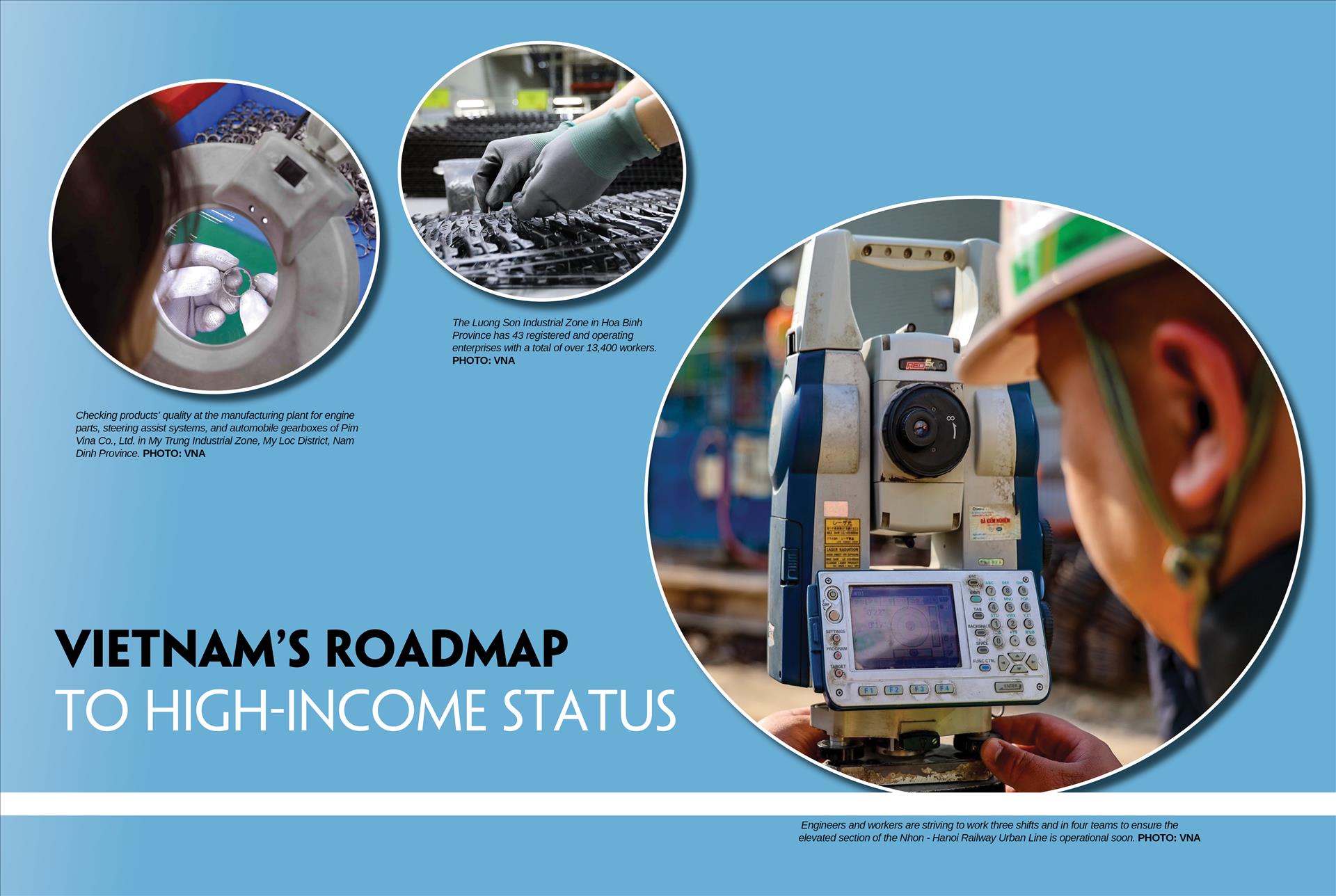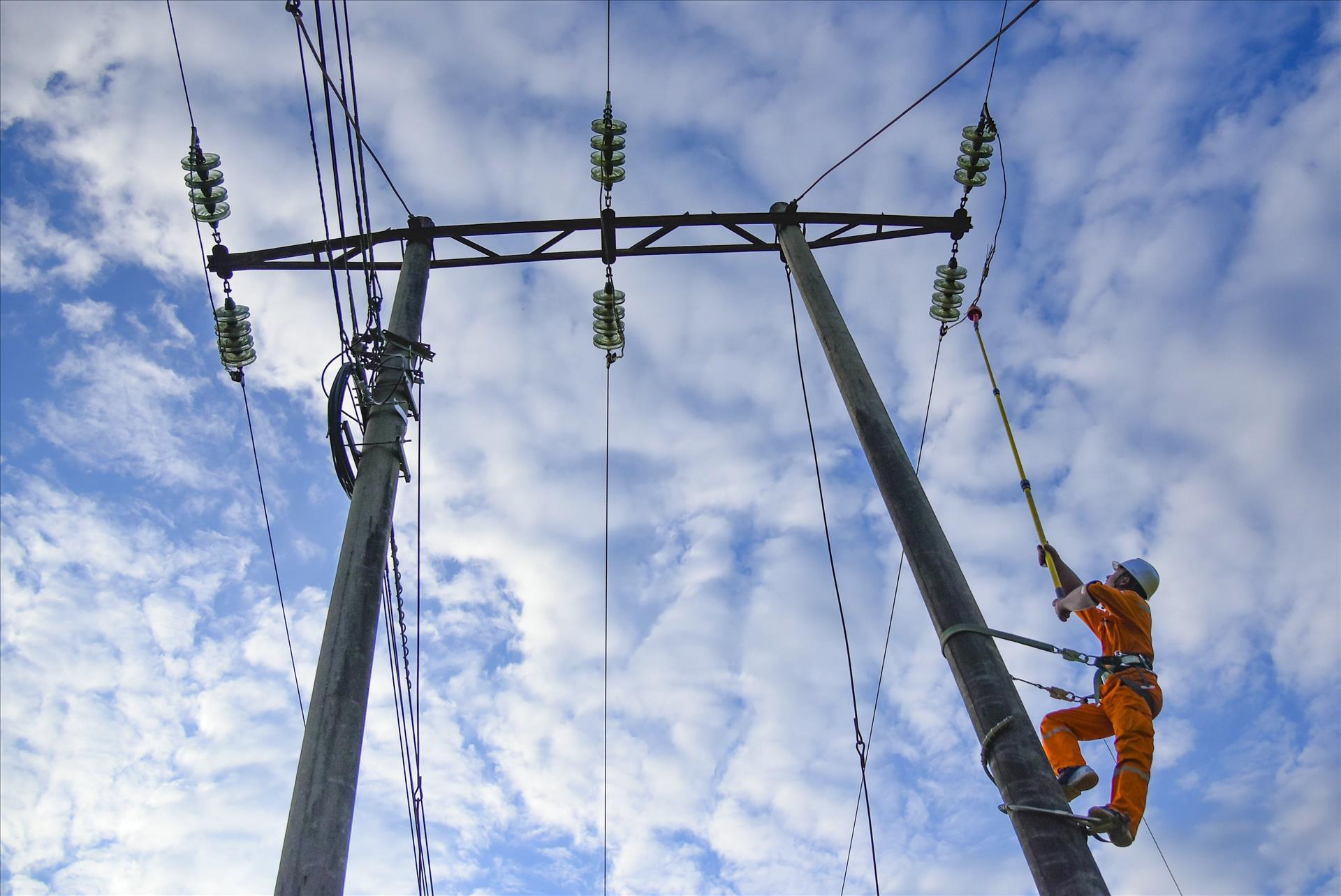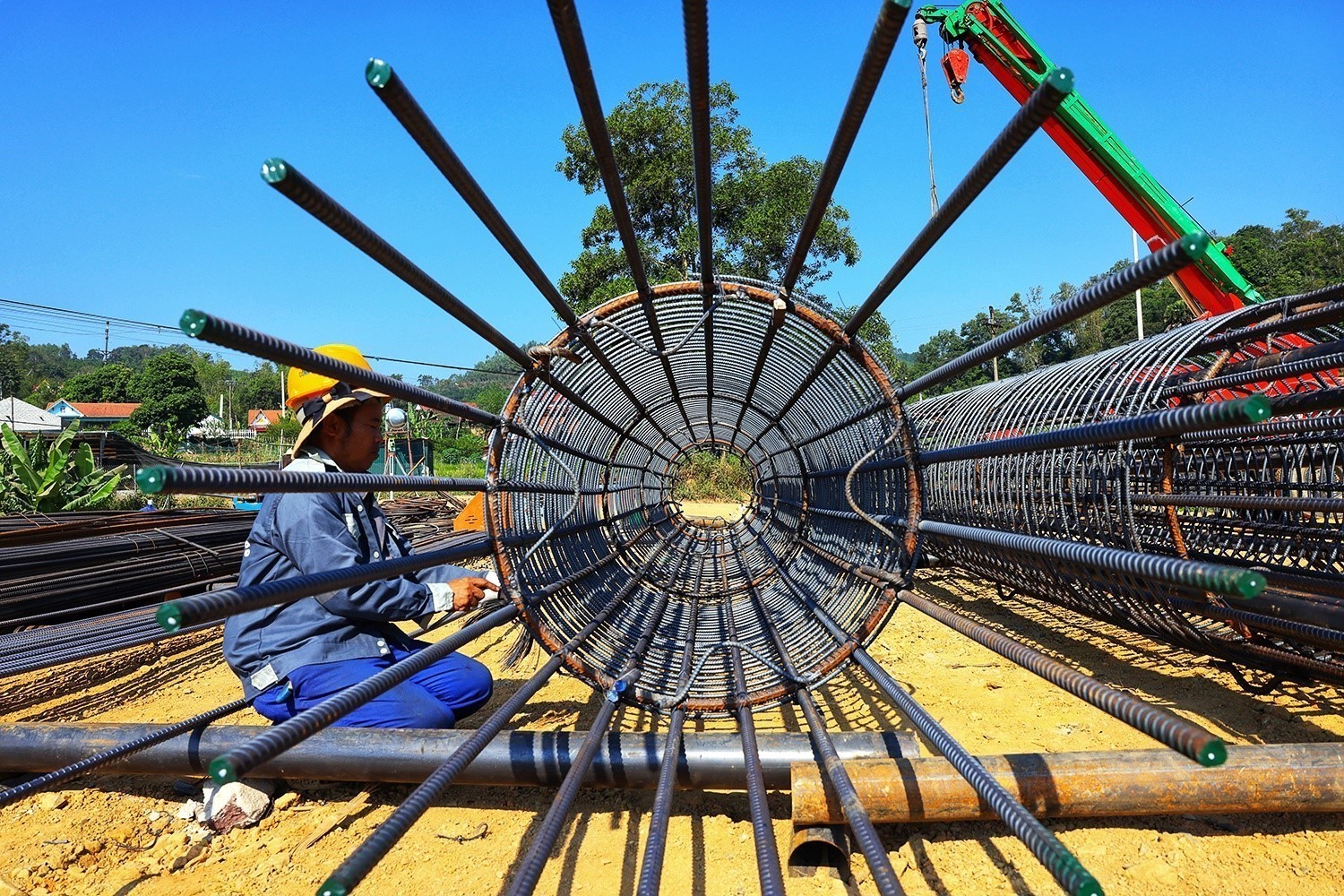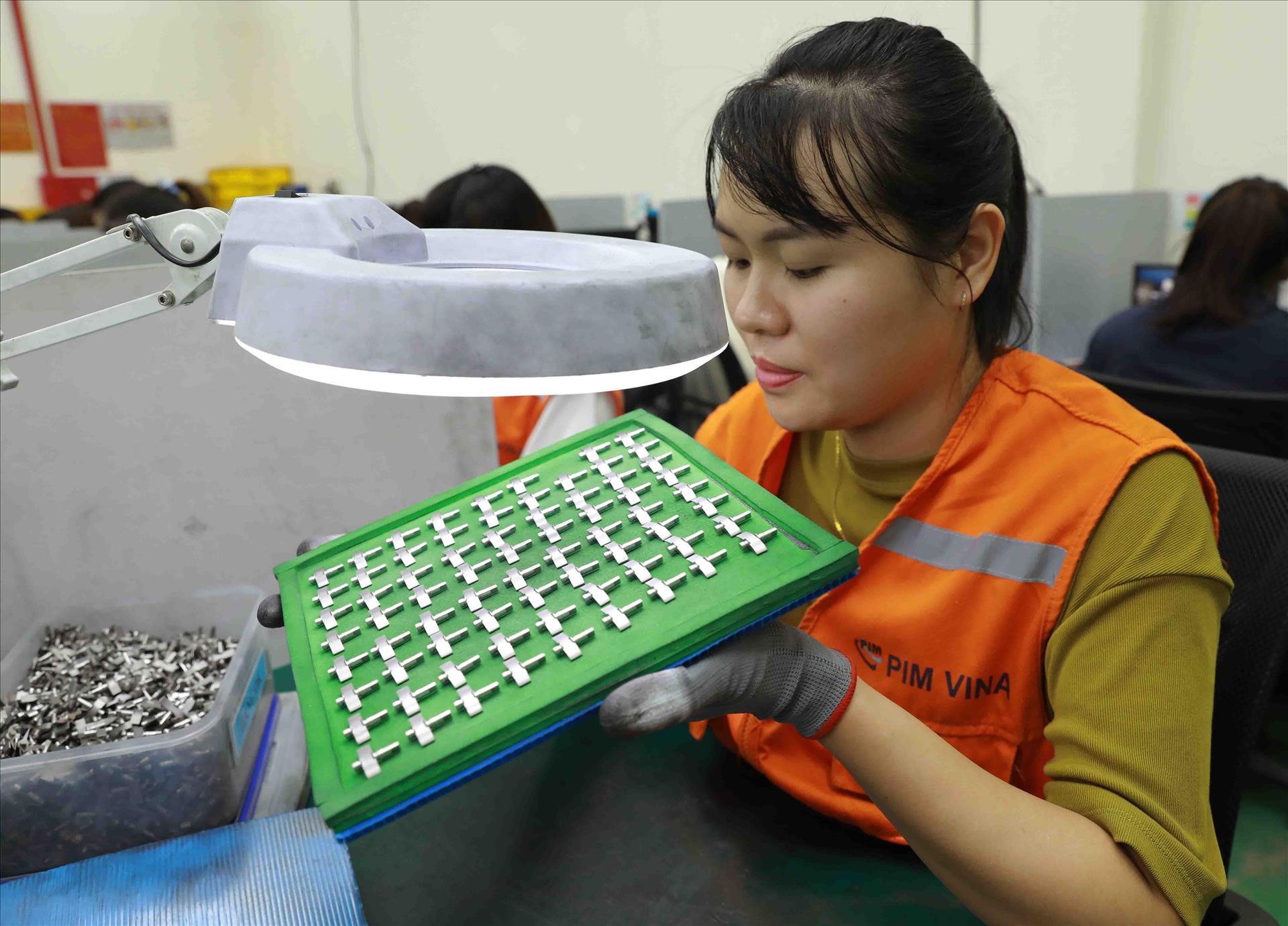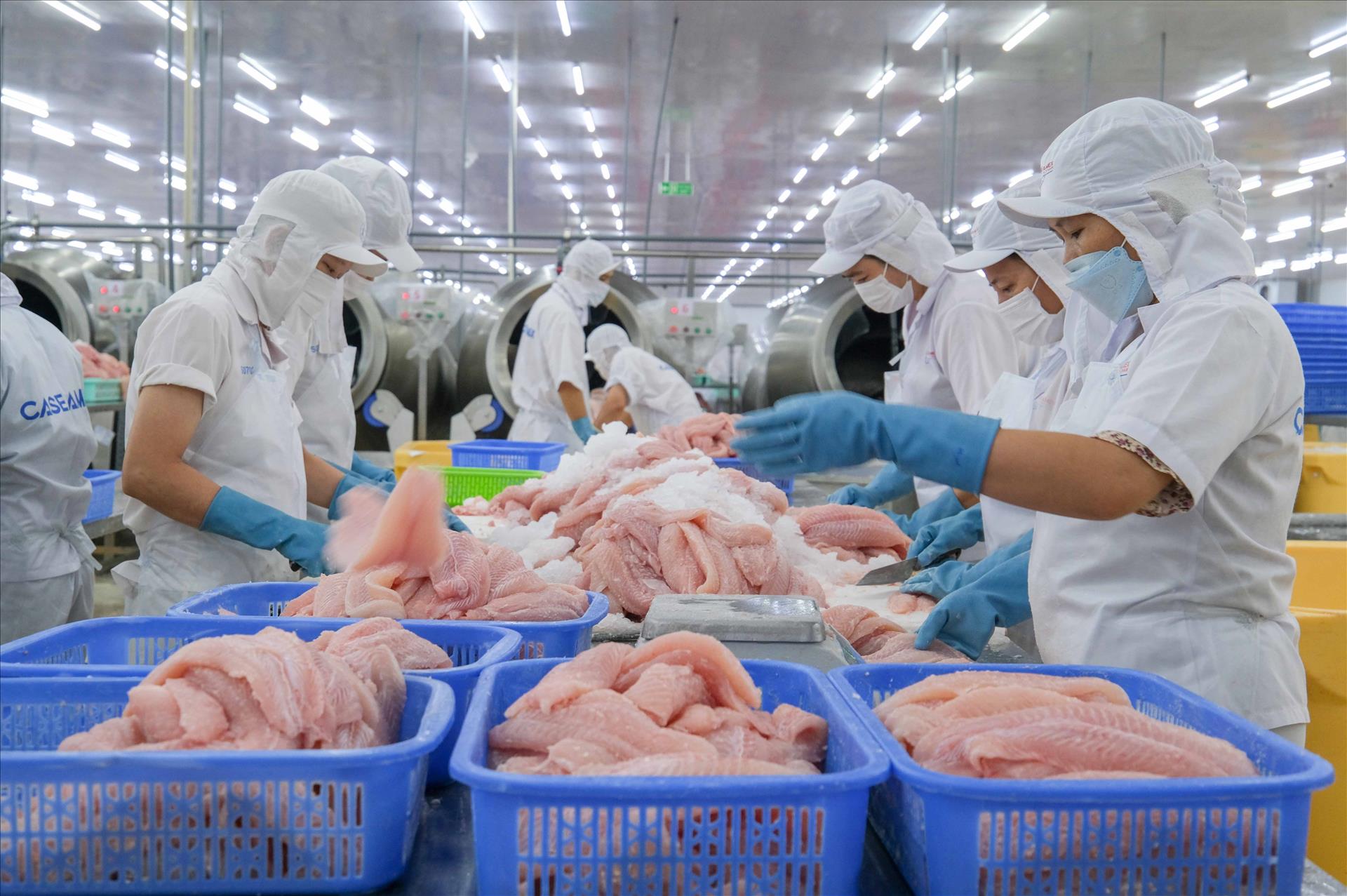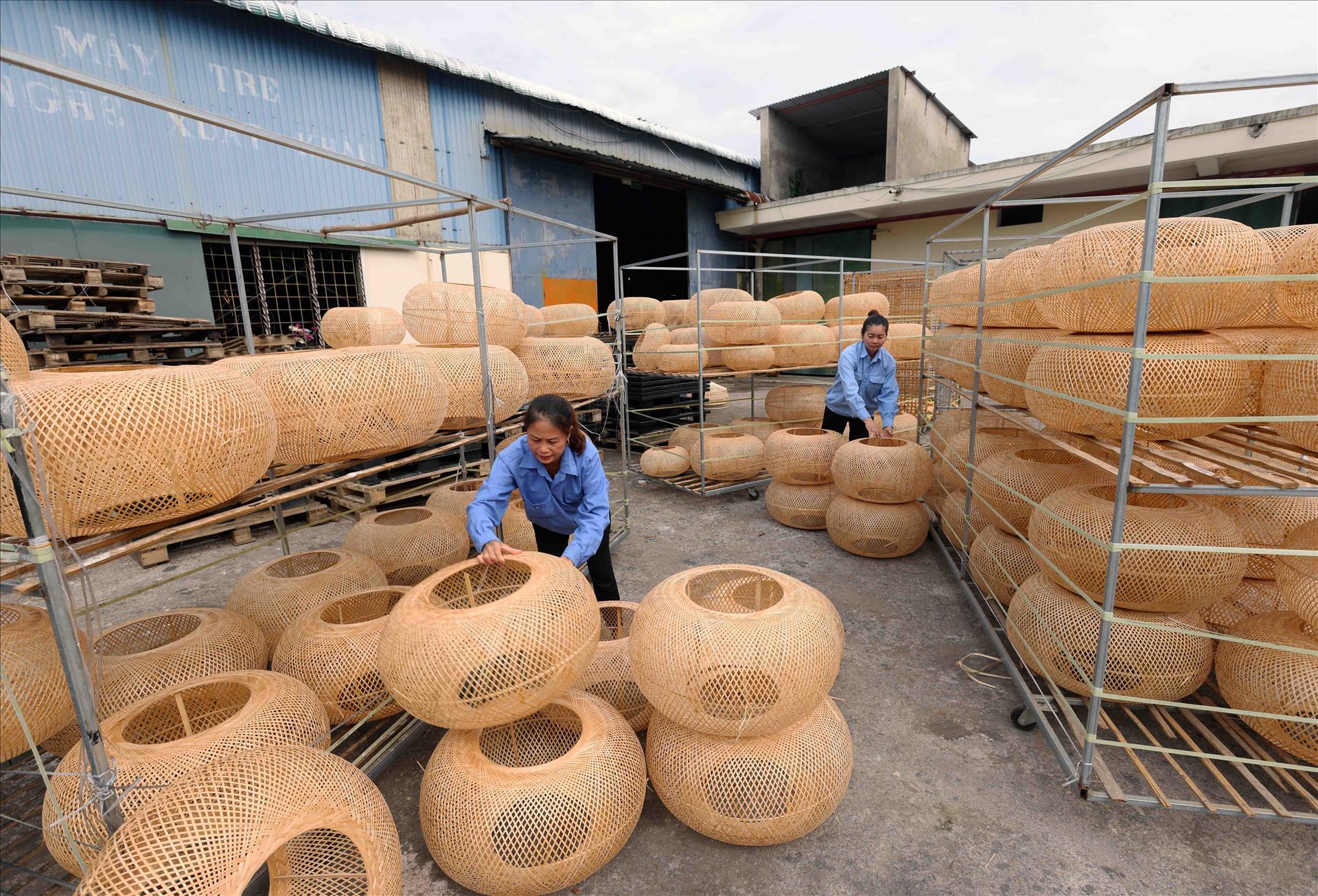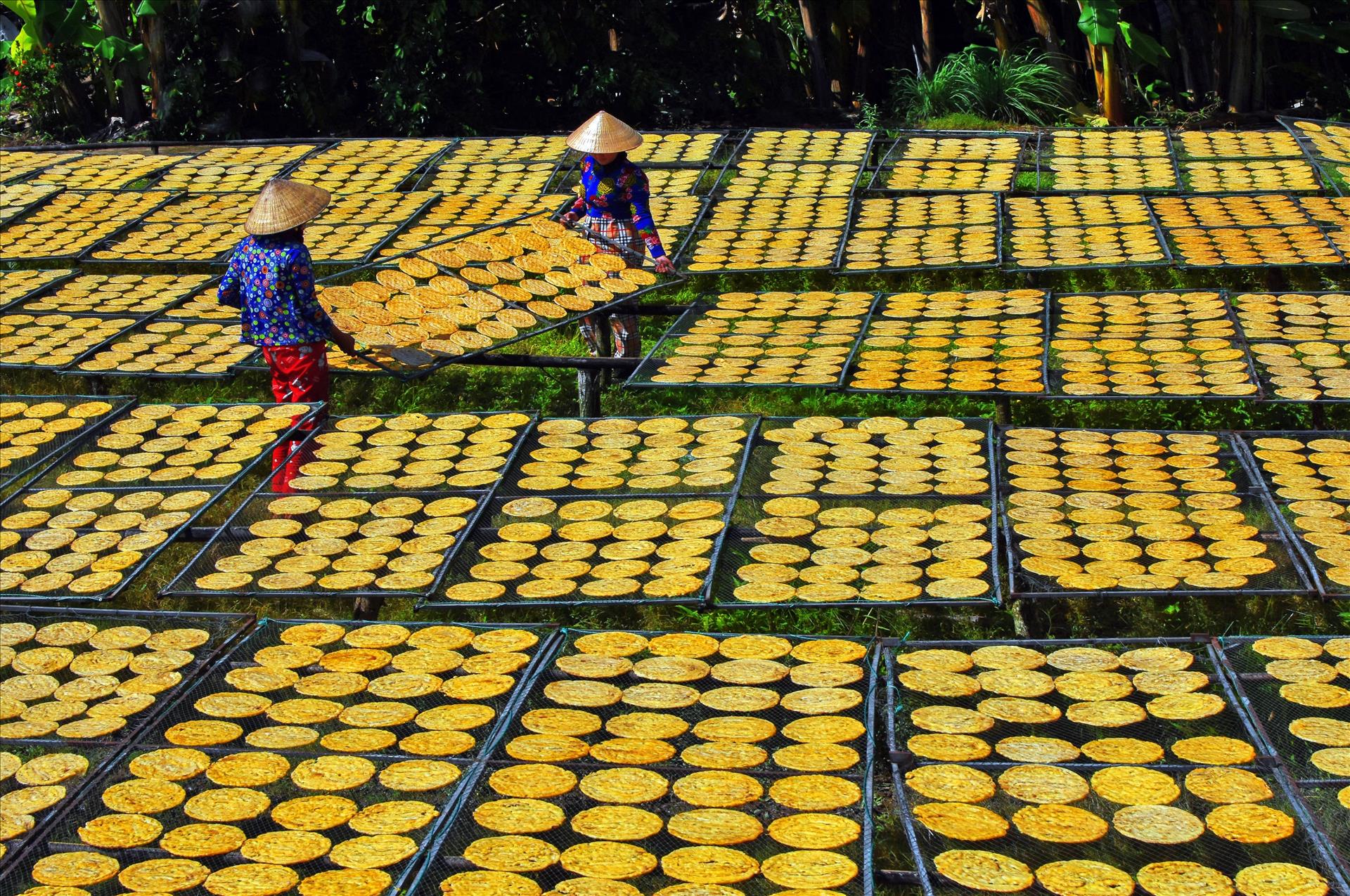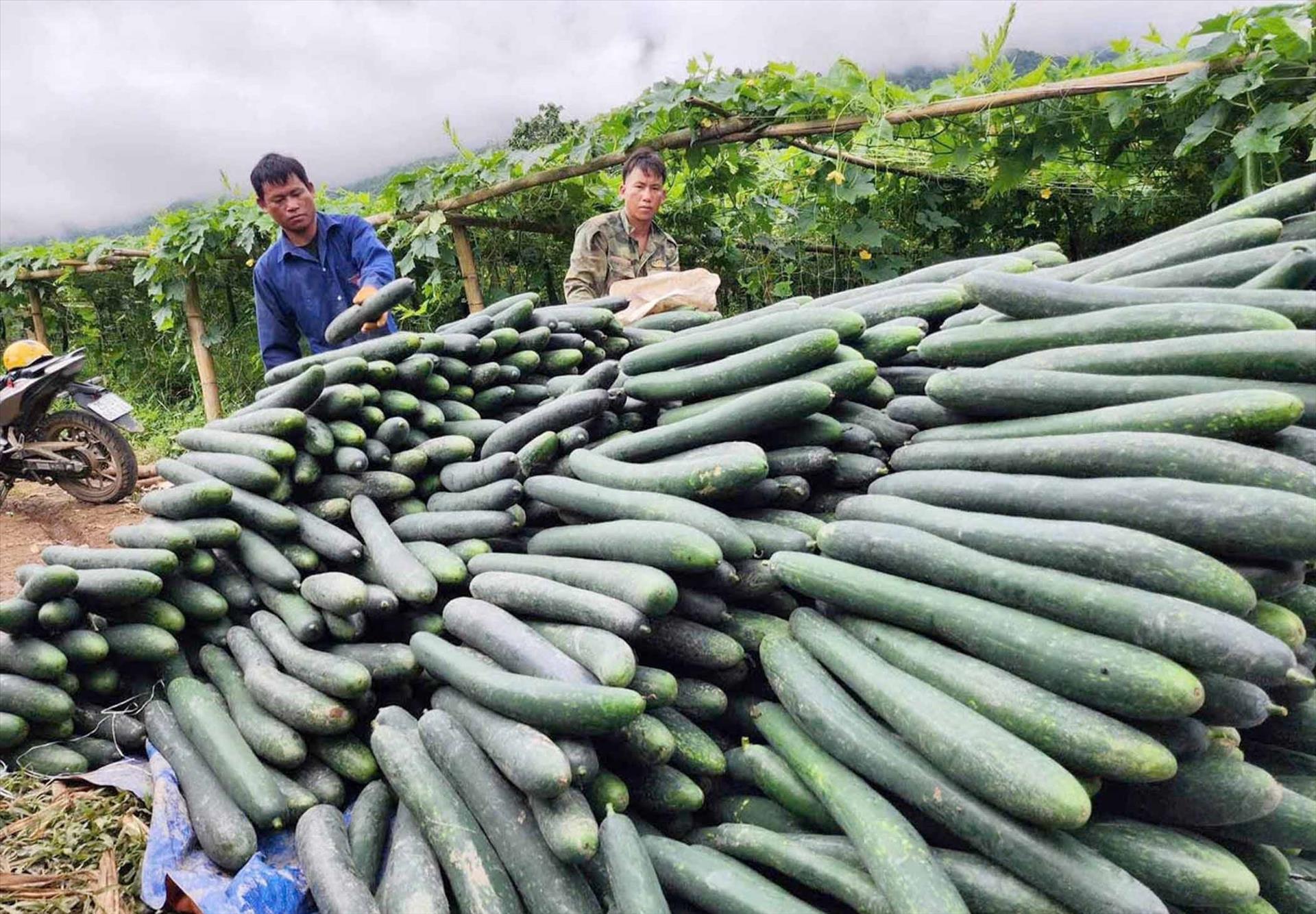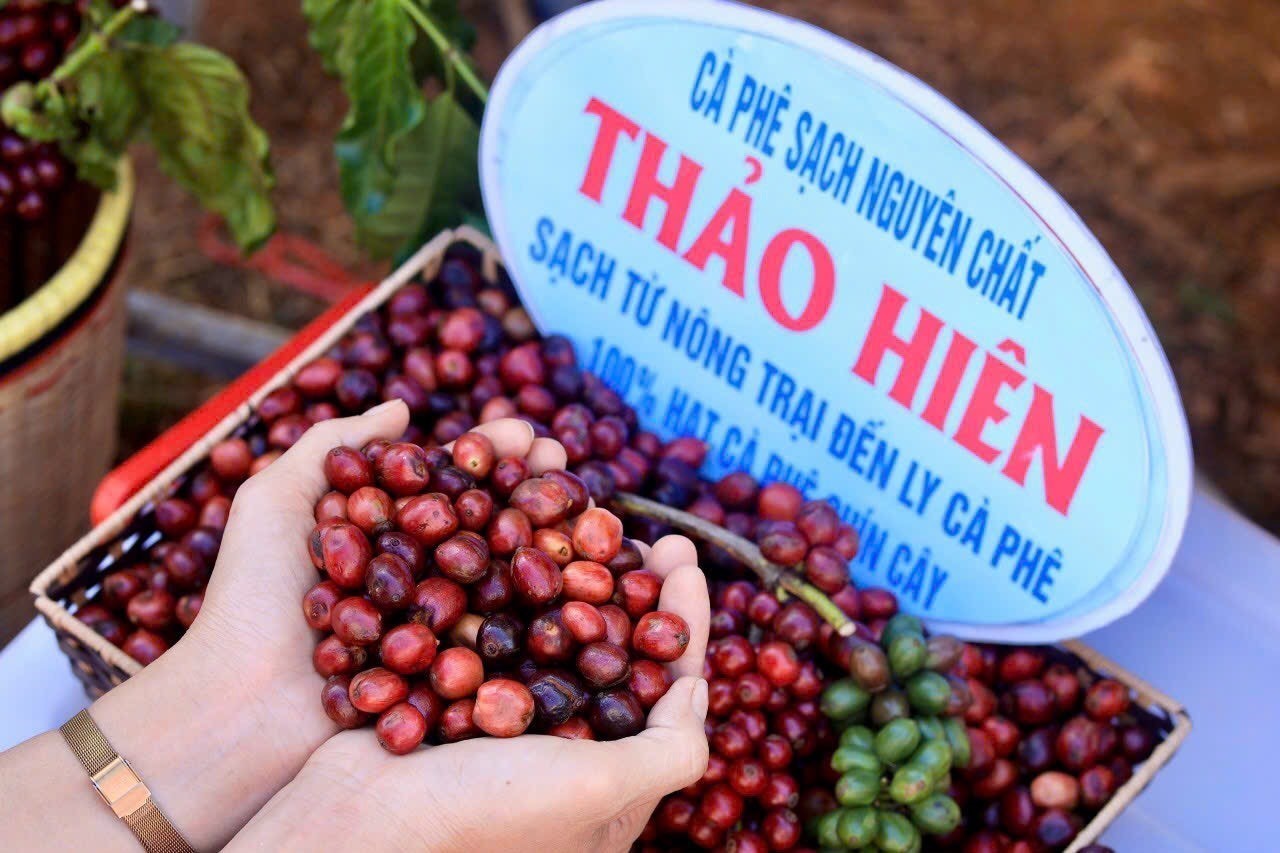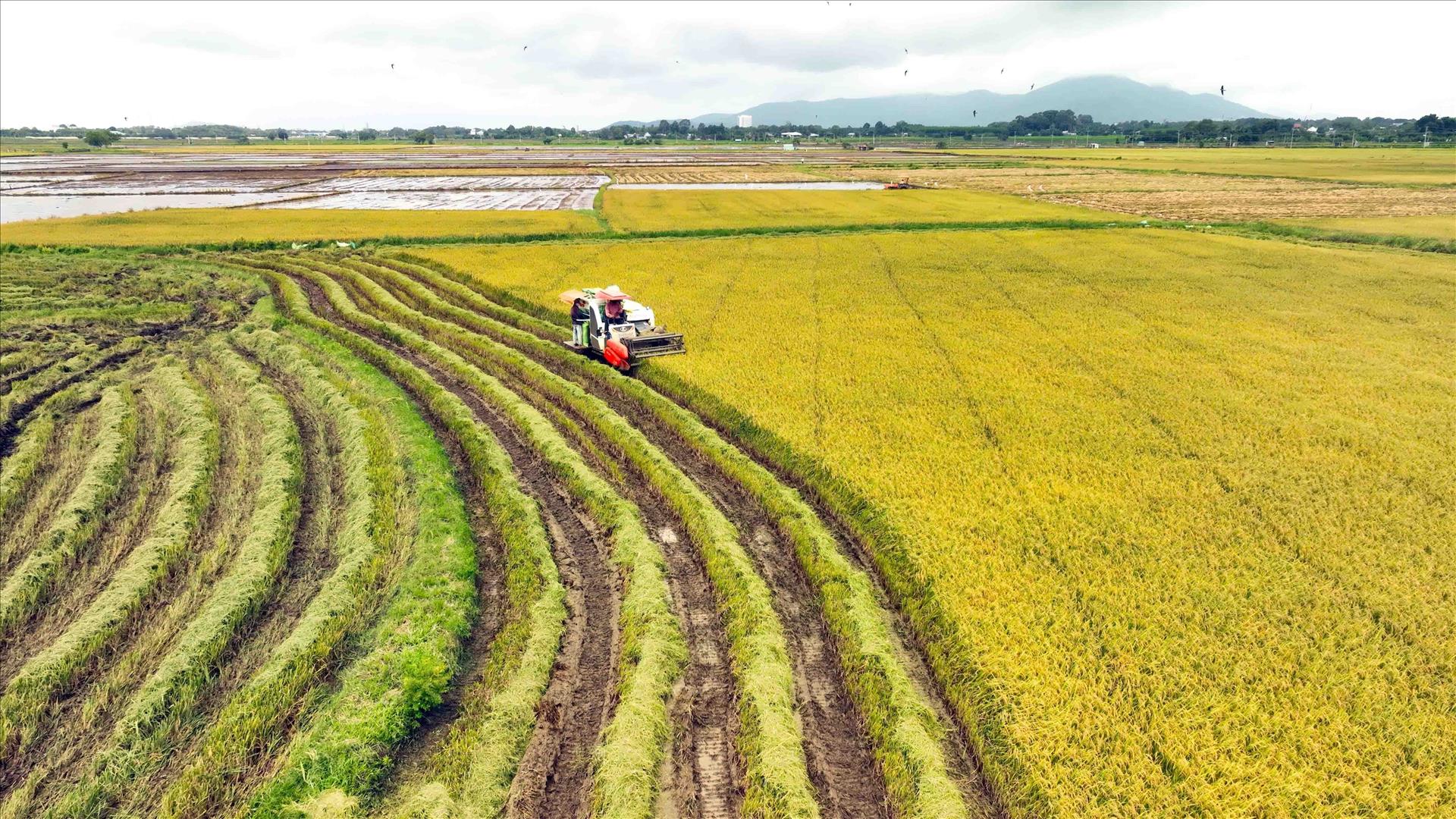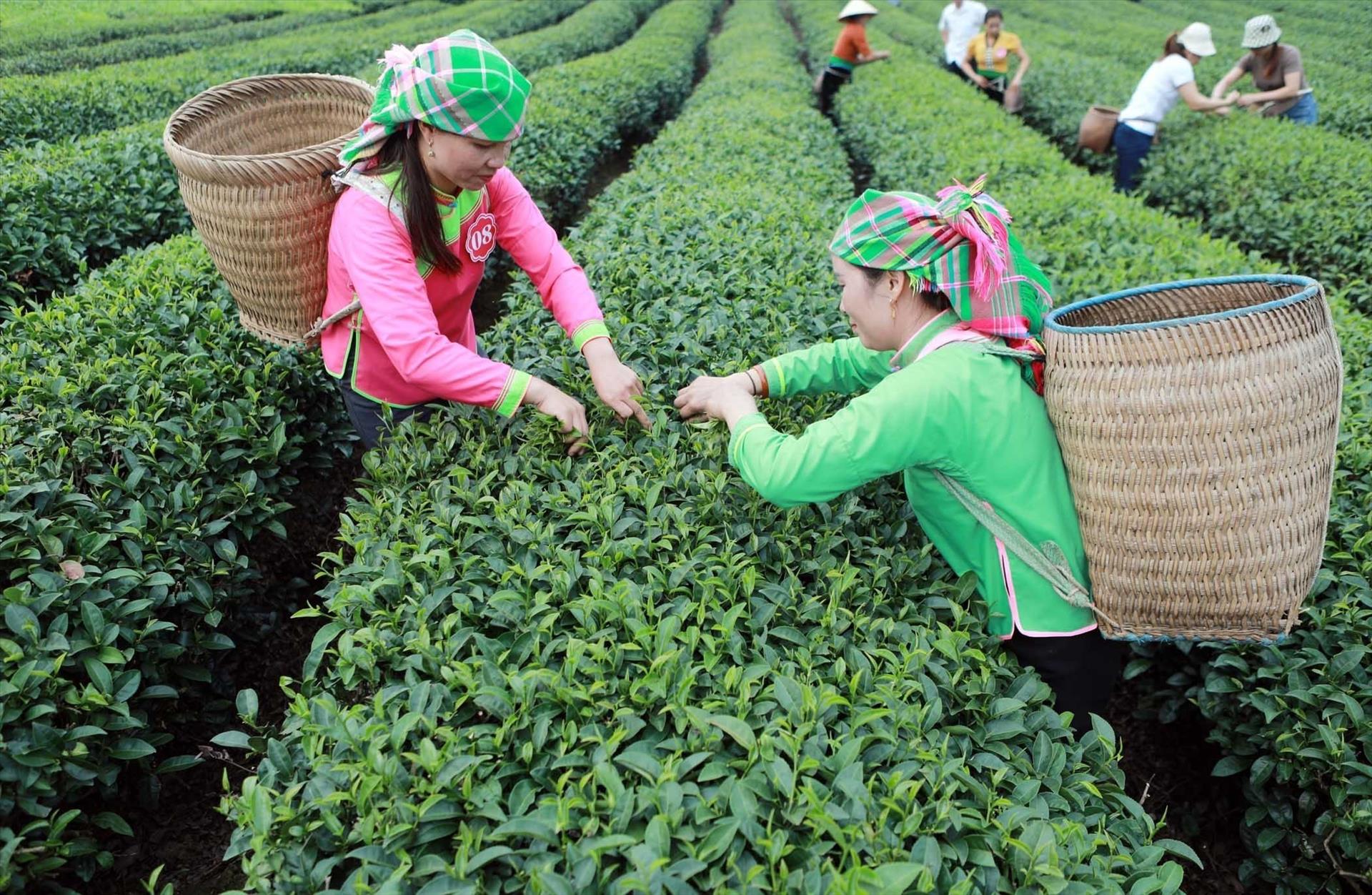Vietnam’s Roadmap to High-income Status
Vietnam aims to become a developing country with modern industrialization, surpassing lower-middle-income status by 2025. By 2030, the goal is to achieve a high middle-income level, and by 2045, to become a developed country with high income, as outlined in the Resolution of the 13th National Congress of the Communist Party of Vietnam.During the eighth session of the 15 prime minister presented a report on Vietnam’s economic development in 2024 and the plan for 2025. Vietnam aims for a th National Assembly, the GDP growth rate of 6.5-7%, or higher, to improve its economic ranking globally. The country seeks to achieve a GDP per capita of 4,900 US dollars by 2025.
In 2024, the global situation continues to evolve in a complex and unpredictable manner, marked by intense strategic competition, escalating conflicts in Ukraine, the Middle East, and the Red Sea, as well as rising tensions on the Korean Peninsula and the Taiwan Strait (China). High fuel prices, fluctuations in basic commodity costs, and transport rates have been significant challenges. Economic and trade recovery remains slow and unstable, with declining global demand and investment. Exchange rates and interest rates are highly unpredictable, while natural disasters, climate change, energy security, food security, and cybersecurity issues present ongoing complications.
However, Vietnam has responded flexibly and effectively to external disruptions, while also addressing its long-standing internal challenges. The country has invested significant time and resources in resolving unexpected issues, particularly in managing and mitigating the severe and ongoing impacts of natural disasters across various regions.
For 2025, the government aims to maintain a GDP growth rate of 6.5-7%, with aspirations for 7-7.5% to reach a global GDP ranking between 31st and 33rd. The country also targets a GDP per capita of around 4,900 US dollars, an industrial processing and manufacturing share of about 24.1% of GDP, and an average inflation rate (CPI) of approximately 4.5%. Labor productivity is expected to grow by 5.3-5.4% annually, with 70% of the workforce being trained, and urban unemployment below 4%. Additionally, the poverty rate is projected to decline by 0.8-1%.
Vietnam prioritizes promoting growth, accelerating public investment disbursement, selectively attracting foreign investment, and enhancing trade promotion. There is a particular focus on digital transformation, green growth, circular and sharing economies, and knowledge-based economies. Additionally, regional development and urban connectivity are emphasized, alongside the establishment of financial centers and free trade zones.
The country is also investing in new and high-tech sectors, such as semi-conductors, artificial intelligence, cloud computing, and the internet, while effectively implementing the semi-conductor industry development strategy.
The government is committed to completing key national infrastructure projects, particularly in transportation and energy, while also adapting to climate change. By 2025, Vietnam aims to rank among the top three ASEAN nations in the Global Innovation Index. Additionally, enhancing cultural development and living standards remains a priority, with plans to provide over 100,000 social housing units and eliminate all temporary and dilapidated housing by 2025.
Vietnam also intends to sustainably develop its maritime economy, with efforts to remove the European Commission’s yellow card on illegal, unreported, and unregulated (IUU) fishing. The government will implement a comprehensive national strategy to address non-traditional security threats by 2030.
On the global stage, Vietnam will continue to promote international integration, maintain peace, and attract resources for national development. Strengthening economic diplomacy and hosting key multilateral events will further enhance Vietnam's international standing.
Story: VNP Photos: VNA
Translated by Nguyen Tuoi
Designed by Trang Nhung
